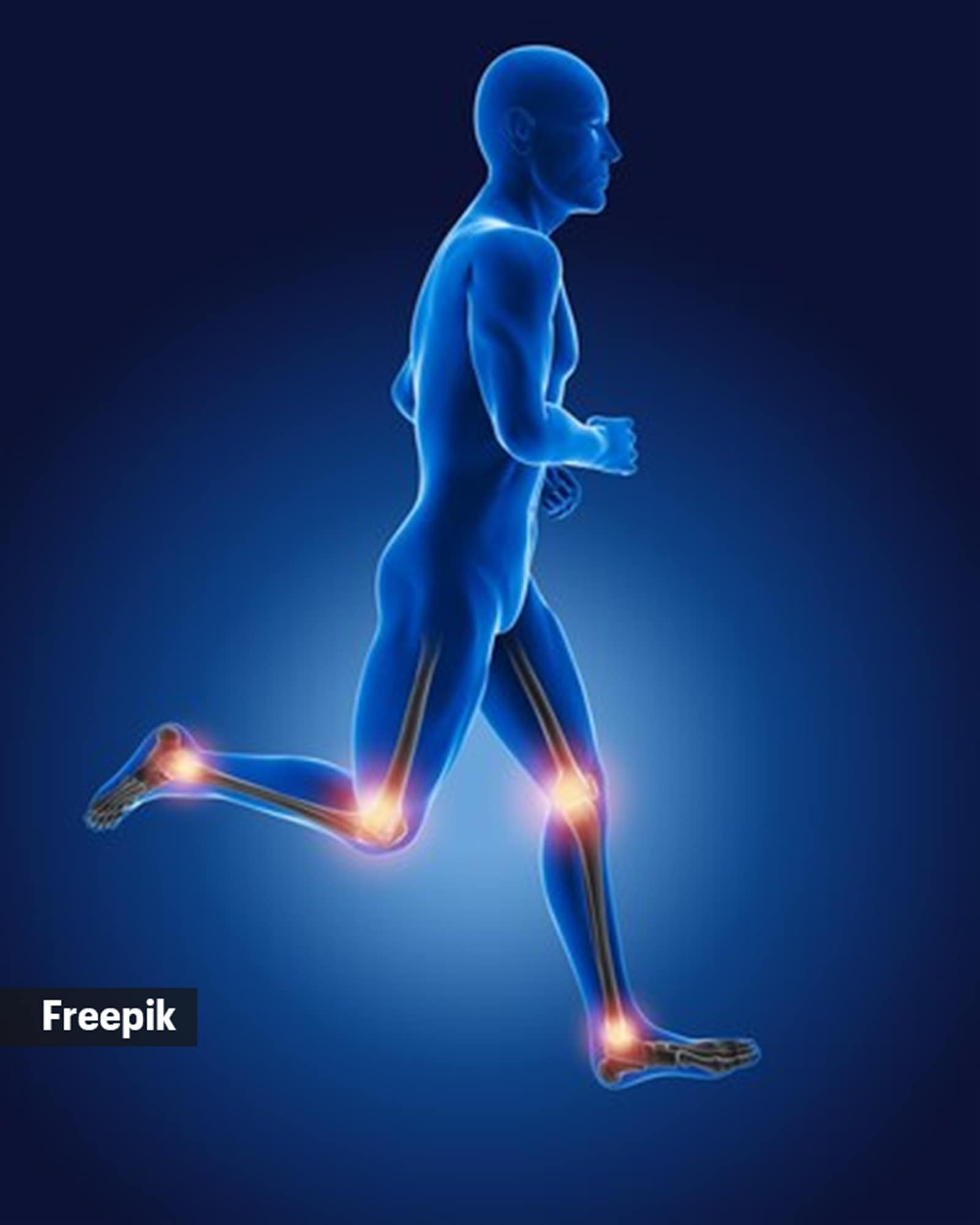📣 For more lifestyle news, click here to join our WhatsApp Channel and also follow us on Instagram
Here’s what happens to the body when you sleep on the floor for two weeks straight
Should you try sleeping on the floor instead of a mattress?
 For those interested in transitioning to sleeping on the floor, it's important to ease into the practice; here's how (Source: Freepik)
For those interested in transitioning to sleeping on the floor, it's important to ease into the practice; here's how (Source: Freepik)Sleeping on the floor is a practice rooted in various cultures and traditions. It is often believed to benefit posture, spinal alignment, and overall well-being.
While modern mattresses offer plush comfort, proponents of floor sleeping argue that returning to this simple, firm surface allows the body to rest in a more natural position. This practice is gaining popularity as more people explore minimalist lifestyles and alternative approaches to health and wellness.
But what exactly happens when you trade your bed for the hard, unyielding floor surface for two weeks?
Physical changes
Dr Jagadish Hiremath, Public Health Intellectual, tells indianexpress.com, “Sleeping on a hard surface can significantly impact spinal alignment and pressure distribution. On a firm floor, the body’s natural curvatures — particularly the lumbar spine — may not receive adequate support.”
Dr Chandril Chugh, the director of Good Deed Clinic and a senior consultant neurologist, adds, “For some people, especially those with back pain caused by a soft mattress, sleeping on the floor can help. A hard surface keeps the spine straighter, which can reduce slouching or arching in uncomfortable ways. But the downside is that sleeping on the floor can lead to soreness because there’s nothing soft to protect pressure points like your hips or knees.”
Impact on sleep quality and duration
Sleep quality can be affected by several factors, including comfort, pressure relief, and sleep cycles. Sleeping on a hard surface can create more localised pressure points than a supportive mattress. “Studies indicate that pressure points on hard surfaces can cause frequent position changes, disturbing the natural sleep cycle, particularly in deep sleep (REM phases). Over time, this can lead to sleep fragmentation, reducing overall sleep quality,” informs Dr Hiremath.
He adds that a study by the National Sleep Foundation (2011) demonstrated that “supportive mattresses that distribute body weight evenly help to reduce pressure points, allowing for longer uninterrupted sleep. Sleepers on hard surfaces may experience shorter sleep durations due to discomfort, impacting physical recovery and cognitive function the next day.”
 Older adults or individuals with osteoporosis may also experience increased bone pressure or joint stiffness when sleeping on hard surfaces. (Source: Freepik)
Older adults or individuals with osteoporosis may also experience increased bone pressure or joint stiffness when sleeping on hard surfaces. (Source: Freepik)
Individuals who might benefit from or be negatively affected by sleeping on the floor
Individuals with chronic back pain may find that sleeping on a hard surface offers better spinal alignment, especially if their previous mattress was too soft, says Dr Hiremath. “A 2016 study published in the Journal of Back and Musculoskeletal Rehabilitation found that firmer surfaces can help individuals with disc-related back pain by promoting neutral spine positioning.”
However, he mentions that sleeping on hard surfaces could exacerbate joint discomfort, particularly in the hips and shoulders, where there is more concentrated pressure, for those with arthritis, joint issues, or muscular atrophy.
Older adults or individuals with osteoporosis may also experience increased bone pressure or joint stiffness when sleeping on hard surfaces. Pregnant women or people with conditions requiring more cushioning to alleviate pressure on joints may find this practice counterproductive.
Recommendations
Dr Hiremath advises, “For those interested in transitioning to sleeping on the floor, it’s important to ease into the practice by using a thin mat or blanket to cushion pressure points, particularly under the hips, shoulders, and lower back.”
A pillow should still support the head and maintain neck alignment. The body needs time to adjust, so starting with shorter durations, like napping on the floor, can help. Incorporating stretching exercises before and after sleep can also help maintain flexibility and relieve stiffness.
Additionally, it’s crucial to assess individual health conditions. Those with pre-existing spinal issues or joint problems should consult with a healthcare professional before making the switch.
DISCLAIMER: This article is based on information from the public domain and/or the experts we spoke to. Always consult your health practitioner before starting any routine.
📣 For more lifestyle news, click here to join our WhatsApp Channel and also follow us on Instagram
- 01
- 02
- 03
- 04
- 05



























